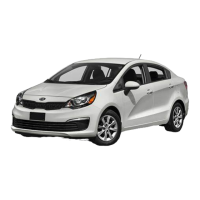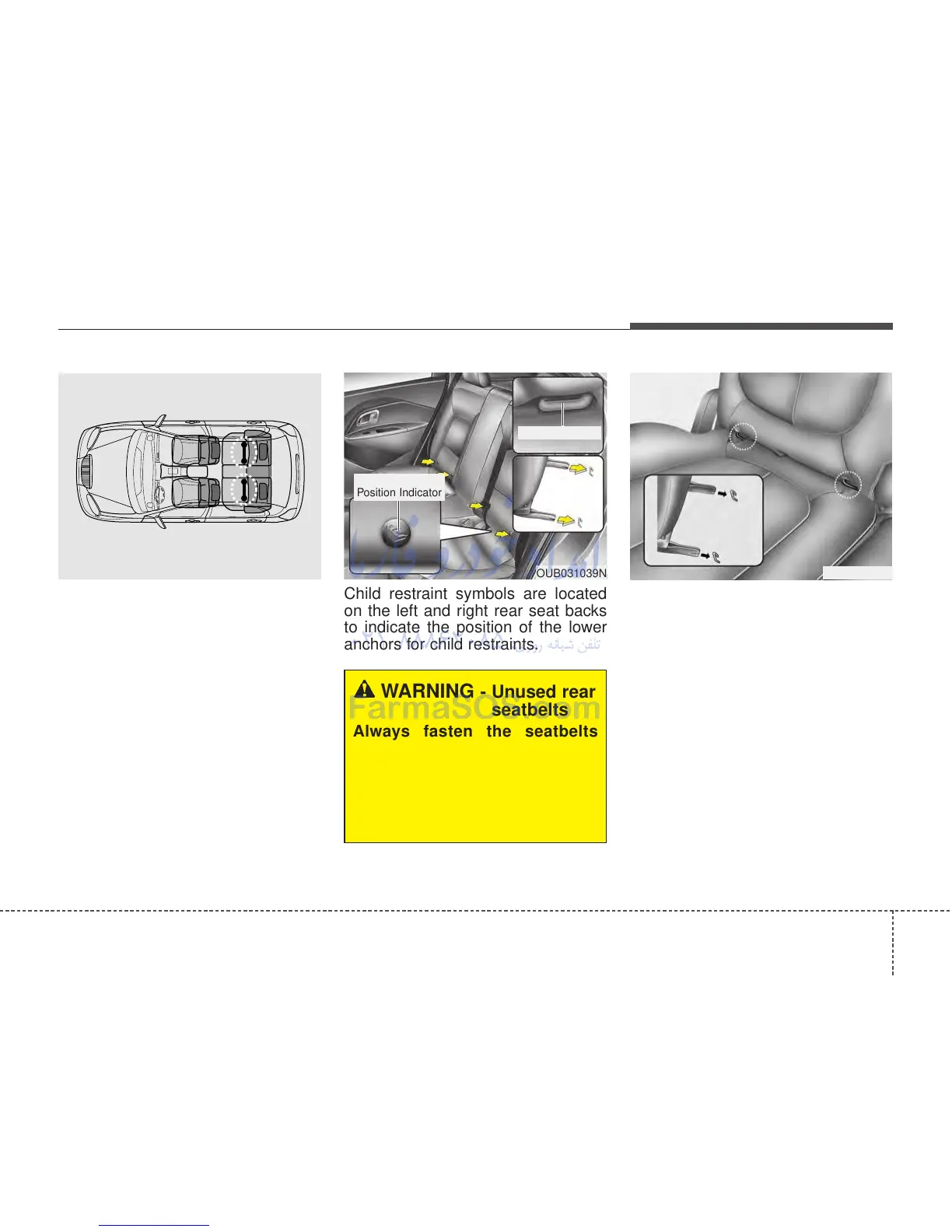
 Loading...
Loading...
Do you have a question about the Kia 2017 Rio and is the answer not in the manual?
| Brand | Kia |
|---|---|
| Model | 2017 Rio |
| Category | Automobile |
| Language | English |
Explains how to navigate the manual, understand its layout, and use its features effectively.
Provides a detailed diagram and list of exterior components for the front of the vehicle.
Details exterior components for the rear of the vehicle, including doors, taillights, and tailgate.
Illustrates and lists interior components such as door locks, steering wheel, and instrument panel controls.
Identifies and locates key components of the instrument panel, including the cluster, horn, and audio controls.
Diagrams and labels for major components found in the engine compartment, such as coolant reservoir and oil filler cap.
Details on driver, front passenger, and rear seats, including adjustments and features.
Explains the seat belt restraint system, proper usage, precautions, and warnings for optimal safety.
Guidelines for properly installing and using child restraint systems to ensure passenger safety.
Information on the vehicle's SRS system, including front, side, and curtain airbags.
Information on key identification, operations, and security features like smart keys and remote entry.
Details on smart key functions for locking, unlocking, and starting the vehicle without a physical key.
Guidance on operating door locks from both outside and inside the vehicle, including key and switch operations.
Information on operating power windows, including manual controls, auto functions, and lock features.
Step-by-step instructions for safely opening and closing the vehicle's hood, including safety warnings.
Procedure for opening and closing the fuel filler lid, including refueling safety precautions.
Instructions for operating the sunroof, including sliding, tilting, and safety warnings.
Details on the electric power steering system, tilt/telescoping adjustments, and heated steering wheel features.
Guidance on adjusting inside and outside rearview mirrors, including day/night features and folding.
Identifies and explains the various gauges and indicators on the instrument cluster, including tachometer and speedometer.
Instructions for operating the windshield wipers and washers, including speed controls and modes.
Information on operating interior lights like map lamps, room lamps, and glove box lamps, with usage precautions.
Overview of the vehicle's audio system, including antenna, AUX, USB, iPod, and Bluetooth connectivity.
Essential checks and preparations required before starting the vehicle to ensure safe operation.
Explanation of the ignition switch positions (LOCK, ACC, ON, START) and their functions.
Details on the operation and positions of the engine start/stop button and illuminated indicator.
Step-by-step instructions for starting the engine using both the ignition key and the smart key system.
Instructions for operating the manual transaxle, including shift patterns and clutch usage.
Details on automatic transaxle operation, gear selection, and common warnings.
Information on power brakes, disc and rear drum brakes, and warnings related to steep hill braking.
Explanation of how ABS works, its benefits, and precautions for driving with the system.
Details on the ESC system's function in stabilizing the vehicle and precautions for its use.
Description of the HAC function to prevent backward rolling on inclines and its operation.
Information on VSM system enhancements for stability and steering response, including operation and malfunction indicators.
Instructions for setting, increasing, decreasing, and canceling cruise control, with operating precautions.
Explanation of the ISG system for fuel economy, including auto stop/start functions and warning lights.
Details on the Active ECO system for improving fuel efficiency and its operational limitations.
Driving suggestions to improve fuel economy and reduce maintenance costs.
Advice and suggestions for driving safely in winter conditions, including snow tires and chain installation.
Information on tire and loading labels, vehicle capacity weight, and steps for determining correct load limits.
Explanation of terms like curb weight, cargo weight, GAW, GAWR, GVW, and GVWR for vehicle loading.
Information on using the hazard warning flasher for visibility and signaling in hazardous situations.
Procedures for handling critical situations like engine stalls, flat tires, or driving emergencies.
Troubleshooting steps for when the engine fails to turn over or starts slowly.
Detailed instructions for jump-starting a vehicle, including necessary precautions and safety warnings.
Explanation of the TPMS, low tire pressure telltale, and malfunction indicators.
Instructions for changing a tire, including jacking, tools, and safety warnings.
Guidelines for towing the vehicle, including towing service, hook usage, and emergency towing precautions.
Diagram and identification of key components within the engine compartment for maintenance checks.
Guidelines on owner's responsibilities and recommendations for professional servicing by authorized dealers.
Important warnings and advice for performing owner maintenance safely to avoid warranty issues.
Checklists and schedules for owner-performed maintenance items at different mileage intervals.
Information on tire care, recommended pressures, rotation, alignment, and replacement.
Explanation of fuse types, locations, and replacement procedures, including warnings about improper replacement.
Technical specifications for the vehicle's engine, including displacement, bore, and firing order.
Key exterior dimensions of the vehicle, including overall length, width, height, tread, and wheelbase.
Details on the wattage and type of bulbs used for various exterior and interior lights.
Details on tire size designation, cold inflation pressures, lug nut torque, and tire care.
Specifications for vehicle weight ratings and luggage volume for different body styles.
Information on refrigerant type and amount, and compressor lubricant specifications.
Contact information for roadside assistance, consumer assistance, and reporting safety defects.
Instructions on how to report safety defects to NHTSA and Kia Motors America, Inc.